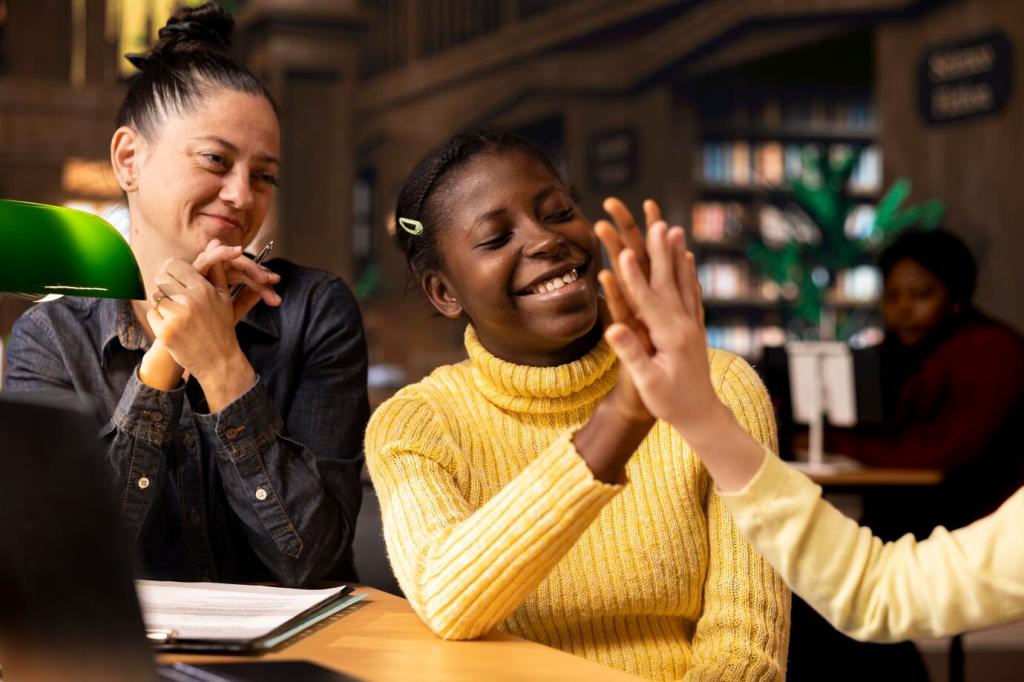Listening, Leading, Following
Call-and-response grooves train timing, turn-taking, and nonverbal cues. A subtle head nod or lifted stick can guide a whole group. Try leading a simple pattern for four bars, then listen back. Comment on what changed when you softened your gestures.
Listening, Leading, Following
In salsa or foxtrot, leaders suggest rather than force, while followers interpret with agency. Frame, breath, and weight shifts communicate intentions. Practice slow-to-quick transitions, then discuss how clearer posture improved trust and flow with your partner.





